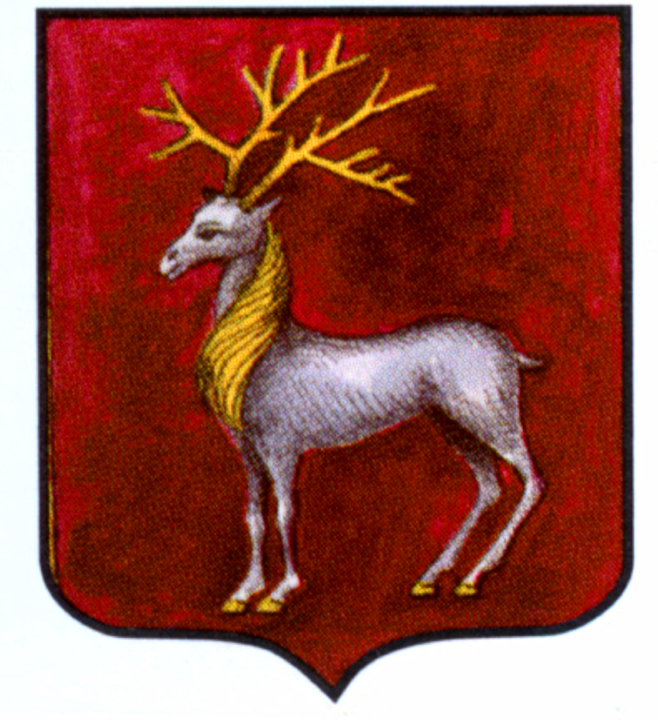|
photo
|
Description
|
|
| |
 |
A view of one of the earth
bastions outside the kremlin
|
|
| |
 |
A section of the bastion trace
fortifications around Rostov.
|
|
| |
 |
The famous belfry outside the
kremlin wall
|
|
| |
 |
The Cathedral of the Assumption
(Uspensky) is outside the bishop's kremlin and was built a 100 years or so
before the kremlin.
|
|
| |
 |
Interior of church, frescos
|
|
| |
 |
A passageway inside the kremlin
|
|
| |
 |
Bishop's kremlin with the Church
of the Smolensk Mother of God on the right and the Church of St John the Divine
over the west gate is on the left.
|
|
| |
 |
The Church of the Smolensk Mother
of God
|
|
| |
 |
The Spas-na-Seniakh Church has
the single golden dome. It was the private chapel of the Metropolitan's
residence. Here is one of the side walls of the rectangular kremlin with its
pseudo-fortification appearance.
|
|
| |
 |
View of the kremlin that was
built some 50 years later inside the earthen ramparts on which we are standing
here. The Dormition (Assumption) Cathedral is on the left and The Church of the
Resurection over the gate is on the right.
|
|
| |
 |
One of the side walls and corner
towers of the kremlin with domes of three churches above (Assumption Cathedral,
Smolensk Mother of God, and Resurection from left to right.
|
|
| |
 |
The Church of St John the Devine
above one of the main entrance gates to the Rostov kremlin.
|
|
| |
 |
Cathedral of the Assumption
outside the kremlin and Church of the Resurection over the north gate to the
right. The belfry is hidden behind the cathedral in this view from the town
market place
|
|
| |
 |
Corner of kremlin built in 17th
century by Metropolitan Ion Sisoyevich. Over the west gate is the green domed
Church of St John the Divine. The single dome on the left is the Church of
Savior over the galleries.
|
|
| |
 |
Above merchant's stalls, The
Cathedral of the Dormition (Assumption) outside the kremlin and the Church of
the Resurection partially behind it.
|
|
| |
 |
Section of the merchant's stalls
outside the kremlin and behind it the Church of Our Savior on the Market.
|
|
| |
 |
Upper part of Uspenski
(Assumption) cathedral and bell tower seen over the kremlin north wall.
|
|
| |
 |
Church of St John the Divine over
the west gate of the Rostov Kremlin
|
|
| |
 |
Another view of the Church of the
Resurection above the north kremlin gate, near the Cathedral of the Assumption.
|
|
| |
 |
Church of the Smolensk Mother of
God and tower in kremlin wall
|
|
| |
 |
Rostov kremlin churches
|
|
| |
 |
View of the kremlin from outside
the wall - with cathedral
|
|
| |
 |
Close up of the Cathedral of the
Assumption
|
|
| |
 |
Kremlin and churchs
|
|
| |
 |
West wall of the kremlin with
Church of St John the Divine over the gate
|
|
| |
 |
Kremlin towers and church
|
|
| |
 |
|
|
| |
 |
|
|
| |
 |
|
|
| |
 |
|
|


